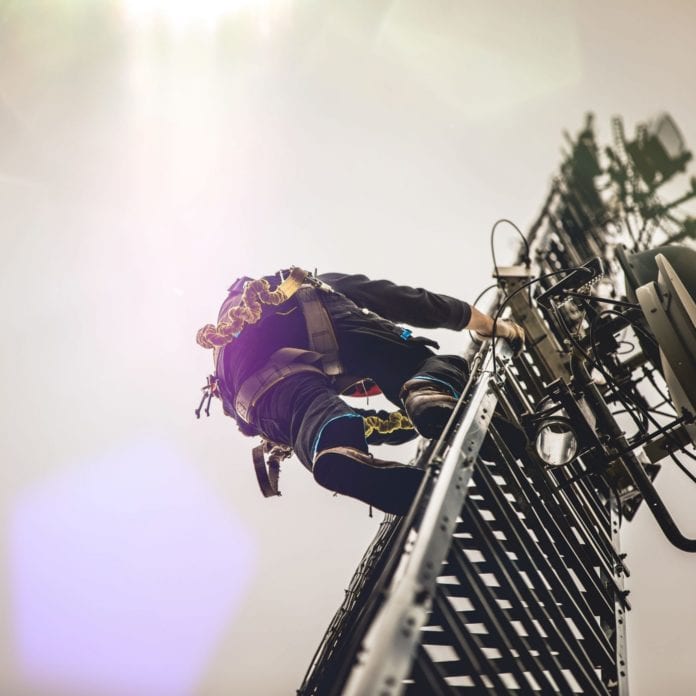Ericsson will shut down its self-provided U.S. field services operations as of October 1, and it’s laying off more than 750 people from its North American workforce. The company cited costs and a downturn in market demand as the reason for its exit from providing its own field services techs.
The network equipment manufacturer will still provide network services, but they’ll be performed by field service partners, rather than Ericsson’s own field services employees.
“Since the inception of our field service delivery business in 2015, we have consistently worked with trusted and authorized external providers,” an Ericsson spokesperson said via email. “This strategic change will provide added flexibility, reduce costs, and simplify our operations, allowing us to operate more efficiently and better serve the changing needs of our customers.”
The change is “limited to field-based delivery service by Ericsson employees,” the spokesperson emphasized, adding, “Ericsson’s delivery of network services, from site design and engineering to continuous preemptive support and network optimization, will not change.”
Ericsson had launched a state-of-the-art training center in 2015, anticipating that the deployment of 5G would require an additional 20,000 tower technicians. According to its website, the NEM and its authorized service provider partners have trained 19,000 students since 2010.
“The self-perform capability proved critical for us to accelerate local service delivery capabilities during the peak of the 5G cycle, with quality and an unwavering commitment to safety, setting a new standard for tower technicians in the U.S.,” the Ericsson spokesperson said. “However with the downturn in market demand, we can no longer justify the cost this unique capability represents and this action will result in the reduction of more than 750 employees across the company’s workforce in North America as a result of this change.
Ericsson “remains committed to the end-to-end network engineering, roll-out, tuning, and optimization business.”
A number of companies are seeing a definite moderation in 5G investment, and it appears that 2022 may have been the peak of this network investment cycle. Ericsson reported a loss of $65.2 million in its second quarter, but Ericsson President and CEO Börje Ekholm indicated that the company expects the market to experience a “gradual recovery” in late 2023, followed by a notable improvement in 2024. The company’s network sales dropped 13% in the second quarter, compared to the same time last year. Nokia, meanwhile, lowered its guidance for its full-year sales, citing weakness in North America as one of the contributing factors. Tower company SBA Communications also indicated in its results, reported yesterday, that it saw network activity continuing in the U.S., but at a slower than expected pace.

